Summer Squash Harvest: Maximizing Your Garden Bounty
Summer Squash Harvest – the very words conjure up images of sun-drenched gardens overflowing with vibrant yellow and green zucchini, plump pattypan squash, and delicate crookneck gourds. But transforming those blossoming plants into a bountiful harvest requires more than just planting seeds; it demands a little know-how and a dash of clever gardening tricks. This article is your guide to unlocking the secrets of a truly impressive summer squash harvest, filled with easy DIY solutions and time-tested techniques that will leave you amazed at the abundance from your own backyard.
For generations, families have relied on homegrown produce, sharing the joy of a fresh summer squash harvest with loved ones. The simple act of nurturing a plant from seed to fruit holds a deep cultural significance, connecting us to our food sources and fostering a sense of accomplishment. But in today’s fast-paced world, finding the time and knowledge to cultivate a thriving garden can feel overwhelming.
Why You Need These DIY Summer Squash Harvest Tricks
That’s where this article comes in! I’ve compiled a collection of practical, easy-to-follow DIY tips and tricks specifically designed to help you maximize your summer squash harvest. Whether you’re a seasoned gardener or just starting out, these techniques will help you overcome common challenges, such as pest control, efficient watering, and preventing overgrowth. Learning these simple DIY methods will not only save you money on grocery bills but also provide you with the freshest, most flavorful summer squash imaginable.
Get ready to transform your garden into a productive paradise! Let’s dive into the world of Summer Squash Harvest and discover the secrets to a truly abundant yield.
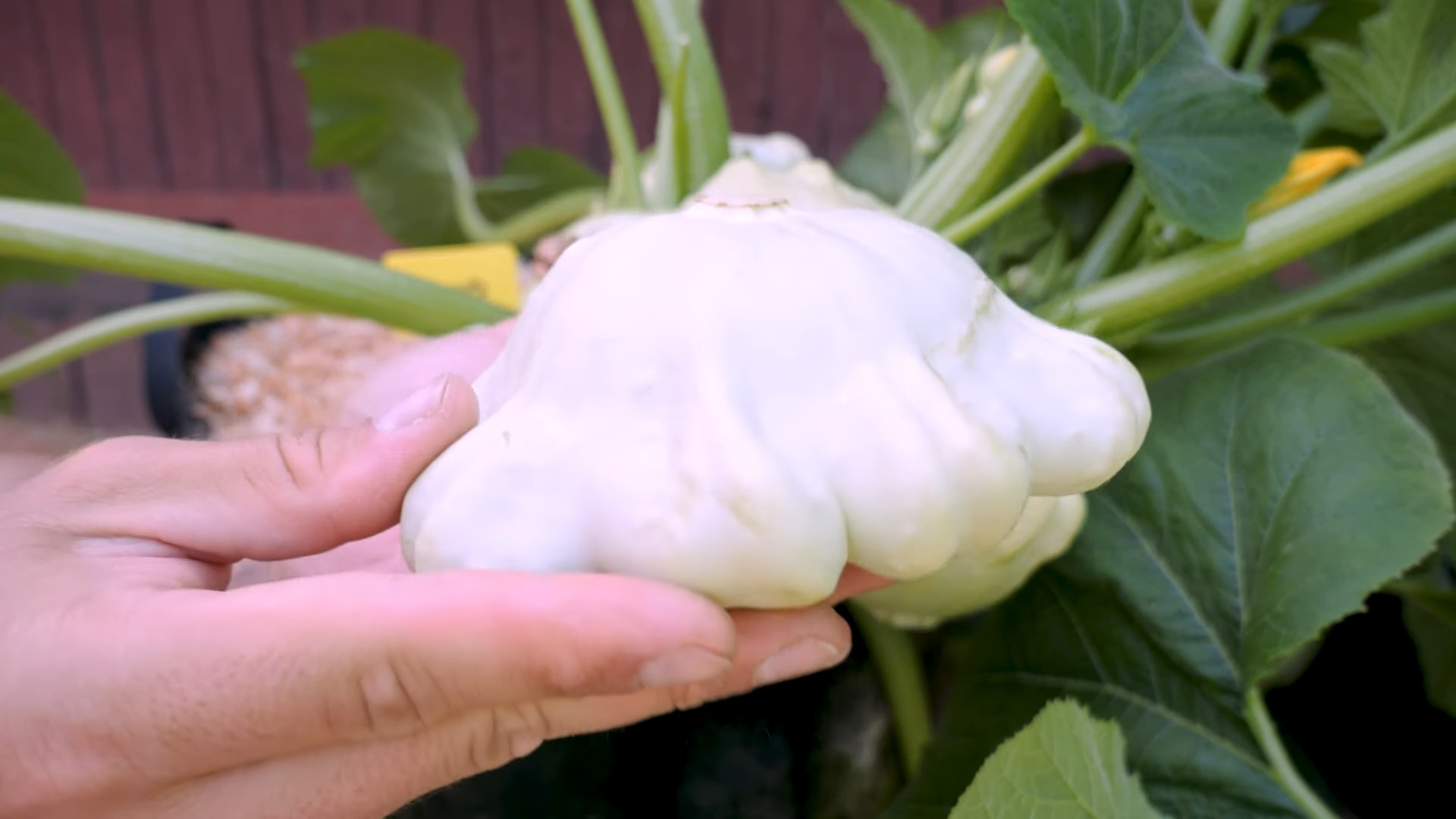
My Summer Squash Harvest: A Guide to Processing Your Bounty
Summer squash – zucchini, yellow squash, pattypan – explodes from the garden in a glorious, sometimes overwhelming, abundance. Don’t let it go to waste! Here’s how I handle my summer squash harvest, from garden to freezer (and maybe even some delicious recipes along the way).
Phase 1: Harvesting Your Squash
- Timing is key: Harvest summer squash when it’s young and tender, usually 6-8 inches long for zucchini and yellow squash, and when pattypan squash are still relatively small and flat. Larger squash can be tough and seedy.
- Gentle handling: Use a sharp knife or garden shears to cut the squash from the vine, leaving about an inch of stem attached. Avoid pulling or yanking, which can damage the plant.
- Regular harvesting: Harvest frequently, ideally every other day or even daily during peak season. This encourages the plant to produce more squash.
- Check for pests: While harvesting, inspect the squash for any signs of pests or diseases. Discard any damaged or diseased squash.
Phase 2: Preparing the Squash for Storage or Processing
- Washing: Gently wash the squash under cool running water, scrubbing away any dirt or debris. A soft vegetable brush can be helpful.
- Trimming: Trim the ends of the squash. For zucchini and yellow squash, I usually cut off about ½ inch from both ends. For pattypan, I remove the stem and any blemishes.
- Slicing (optional): Depending on your storage or processing method, you may want to slice the squash. For freezing, I typically slice it into ½-inch thick rounds or half-moons. For recipes, I slice based on the recipe’s requirements.
- Removing seeds (optional): Larger squash might have more seeds. If you prefer, you can scoop out the seeds with a spoon. I usually only do this for larger zucchini or if I’m making a specific recipe that calls for seedless squash.
Phase 3: Storage and Preservation Methods
I use a combination of methods to preserve my summer squash harvest, ensuring I can enjoy it throughout the year.
3.1 Refrigerated Storage
- Short-term storage: Unwashed, whole summer squash can be stored in the refrigerator for up to a week. Washed and cut squash should be stored in an airtight container and used within 2-3 days to prevent spoilage.
- Extending shelf life: Wrapping cut squash in paper towels before placing it in an airtight container can help absorb excess moisture and extend its shelf life slightly.
3.2 Freezing Summer Squash
Freezing is my preferred method for long-term storage. It preserves the squash’s flavor and texture remarkably well.
- Blanching (recommended): Blanching the squash before freezing helps to inactivate enzymes that can cause loss of color, flavor, and texture during storage. To blanch, bring a pot of water to a rolling boil. Add the sliced squash and cook for 1-2 minutes. Immediately transfer the squash to an ice bath to stop the cooking process. This is crucial for maintaining quality.
- Drying: After blanching, drain the squash thoroughly. Spread it out on a clean kitchen towel or baking sheet to air dry completely. Excess moisture can lead to freezer burn.
- Packaging: Once dry, package the squash in freezer-safe bags or containers, removing as much air as possible. Label and date the packages.
- Freezing: Place the packaged squash in the freezer. Frozen squash can be stored for up to 12 months.
3.3 Other Preservation Methods
- Pickling: Pickled summer squash is a delicious way to preserve your harvest. Many recipes are available online, ranging from simple refrigerator pickles to more complex canned pickles.
- Dehydrating: Dehydrating summer squash creates a shelf-stable snack or ingredient for soups and stews. A food dehydrator is needed for this method.
- Sauces and purees: Blend cooked summer squash into sauces or purees for use in various dishes throughout the year. These can be frozen for later use.
Phase 4: Enjoying Your Harvested Squash
Once you’ve preserved your summer squash, it’s time to enjoy the fruits (or vegetables!) of your labor. Here are a few ideas:
- Summer Squash Bread: A classic way to use up a lot of squash.
- Zucchini Noodles (Zoodles): Spiralize your zucchini into noodles for a healthy and low-carb pasta alternative.
- Summer Squash Fritters: A delicious and versatile side dish or appetizer.
- Stuffed Squash: A hearty and flavorful main course.
- Soups and Stews: Add frozen or fresh squash to your favorite soups and stews for added flavor and nutrients.
Remember: Experiment with different recipes and preservation methods to find what works best for you and your taste preferences. Enjoy the abundance of your summer squash harvest!
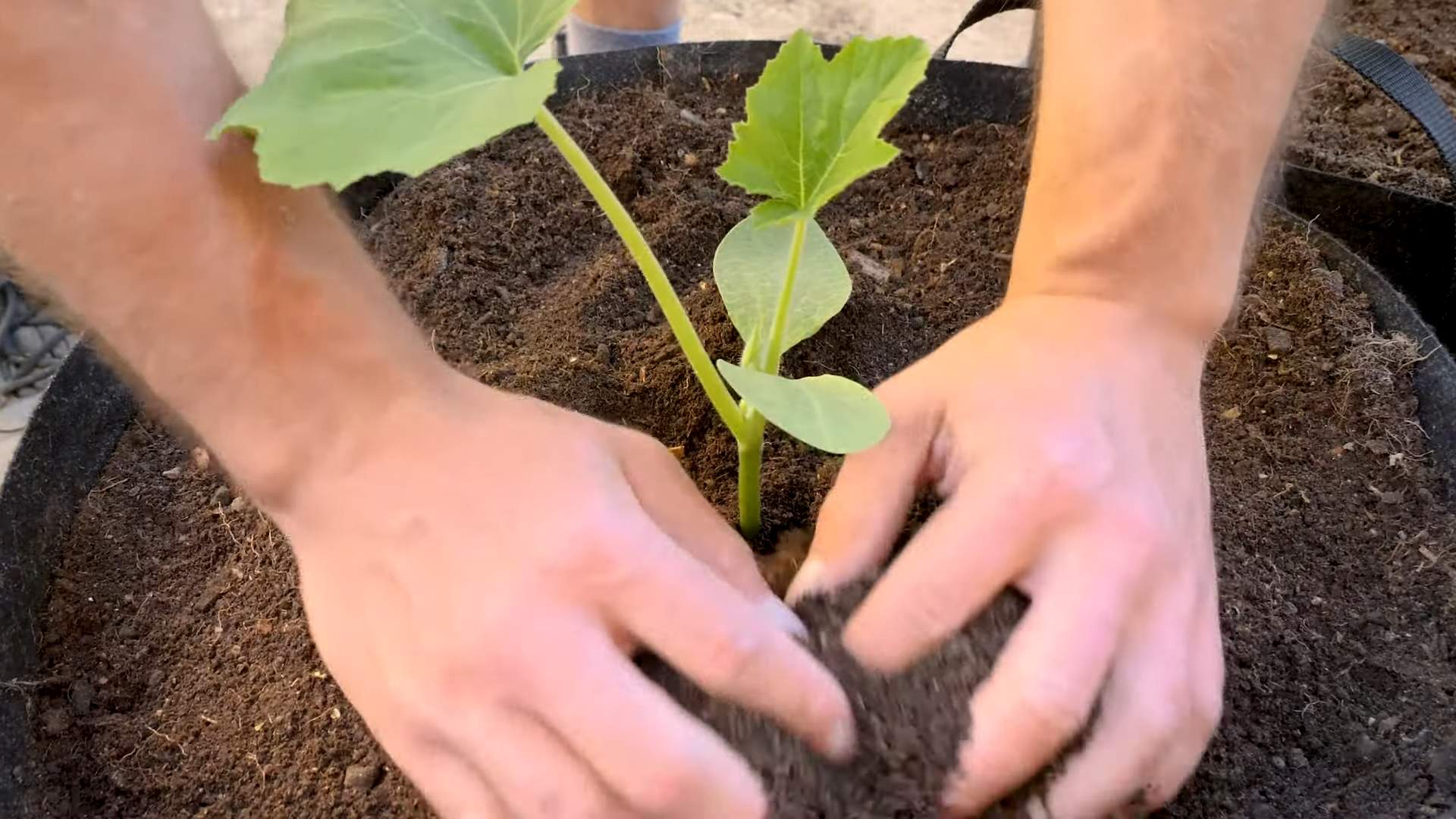
Conclusion
This summer squash harvest DIY trick is a game-changer for anyone who loves fresh, homegrown produce but dreads the overwhelming abundance that often comes with it. By following these simple steps, you can transform an overflowing basket of zucchini and yellow squash into delicious, shelf-stable treats that will last you well beyond the peak of summer. This method not only preserves the vibrant flavor and nutrients of your summer squash but also significantly reduces food waste, a crucial aspect of sustainable living. The process is surprisingly straightforward, requiring minimal equipment and time, making it accessible to even the busiest home cooks. The resulting pickled squash, relishes, or frozen purees offer a delightful burst of summer flavor throughout the colder months, reminding you of sun-drenched gardens and bountiful harvests. Ultimately, mastering this summer squash harvest technique empowers you to fully enjoy the fruits (or rather, vegetables!) of your labor, maximizing the potential of your garden and minimizing waste.
Beyond the basic recipe, the possibilities for customization are endless. Experiment with different herbs and spices to create unique flavor profiles. Adding a touch of chili flakes can introduce a pleasant kick, while a sprig of fresh dill or thyme can lend an aromatic complexity. Feel free to adjust the sweetness and acidity to your liking by modifying the amount of sugar and vinegar. For those with a sweet tooth, consider making a summer squash jam or chutney, perfect for pairing with cheese or spreading on toast. If you prefer a savory option, explore the world of summer squash pickles, experimenting with different brining techniques and spice combinations. The versatility of summer squash allows for endless culinary exploration, making this DIY trick a truly rewarding experience.
We strongly encourage you to try this summer squash harvest method and share your creations with us! Tag us on social media and show us your delicious results. We’d love to see the innovative ways you incorporate your preserved summer squash into your meals and recipes. Your feedback and experiences will inspire others to embrace this simple yet effective technique and reduce food waste in their own kitchens. Remember, the key to success lies in using fresh, high-quality summer squash and following the instructions carefully. With a little patience and attention to detail, you’ll be rewarded with a pantry full of flavorful summer squash treasures that will brighten up your meals all year round. Don’t let your summer squash go to waste – embrace this DIY trick and unlock a world of culinary possibilities!
Frequently Asked Questions
What types of summer squash are best for this method?
This method works well with most varieties of summer squash, including zucchini, yellow squash, pattypan squash, and crookneck squash. Choose squash that are firm, without any blemishes or soft spots. Smaller squash tend to have a more tender texture after processing.
Can I use different types of vinegar?
Yes, you can experiment with different types of vinegar, such as apple cider vinegar, white wine vinegar, or rice vinegar. The type of vinegar you choose will influence the final flavor of your preserved squash. Apple cider vinegar adds a slightly sweet and tangy flavor, while white wine vinegar offers a sharper, more acidic taste. Rice vinegar provides a milder, more subtle flavor.
How long will the preserved summer squash last?
Properly preserved summer squash, whether pickled, frozen, or made into relish, can last for several months, even up to a year if stored correctly. For pickled squash, ensure the jars are properly sealed and stored in a cool, dark place. Frozen squash should be stored in airtight containers in the freezer for optimal quality and longevity. Always check for any signs of spoilage before consuming.
Can I adjust the recipe to make a smaller or larger batch?
Absolutely! This recipe is easily scalable. Simply adjust the quantities of all ingredients proportionally to match the amount of summer squash you have. If you’re working with a smaller amount of squash, reduce the quantities of vinegar, sugar, salt, and spices accordingly. For larger batches, increase the quantities proportionally to maintain the correct balance of flavors.
What are some creative ways to use the preserved summer squash?
The possibilities are endless! Pickled summer squash is delicious as a side dish, added to salads, or used as a topping for sandwiches and burgers. Summer squash relish can be incorporated into tacos, burritos, or used as a condiment for grilled meats. Frozen summer squash puree is perfect for adding to soups, stews, or sauces, providing a subtle sweetness and creamy texture. Get creative and experiment with different applications to discover your favorite ways to enjoy your preserved summer squash harvest.
What if my summer squash is already starting to go bad?
While it’s best to use fresh, firm summer squash, you can still use slightly overripe squash for this method. Just be sure to carefully inspect each squash and discard any that show signs of significant spoilage, such as mold or significant softness. You may need to adjust the cooking time slightly, as overripe squash may require a bit longer to soften.
Is this method suitable for beginners?
Absolutely! This summer squash harvest method is designed to be beginner-friendly. The instructions are clear and concise, and the process is relatively straightforward. Even if you’re new to preserving food, you’ll find this method easy to follow and rewarding. Just take your time, follow the instructions carefully, and don’t be afraid to experiment!

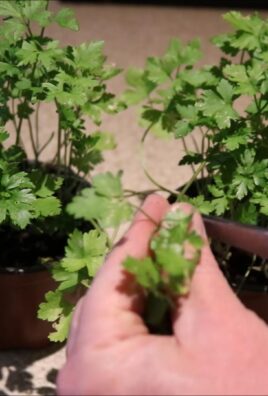
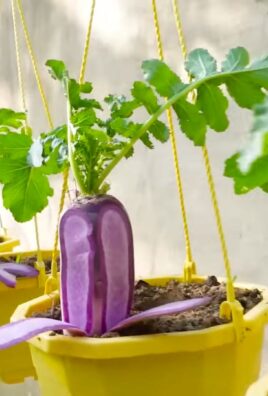
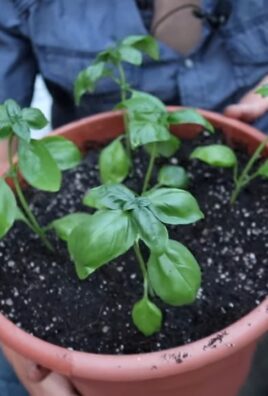
Leave a Comment